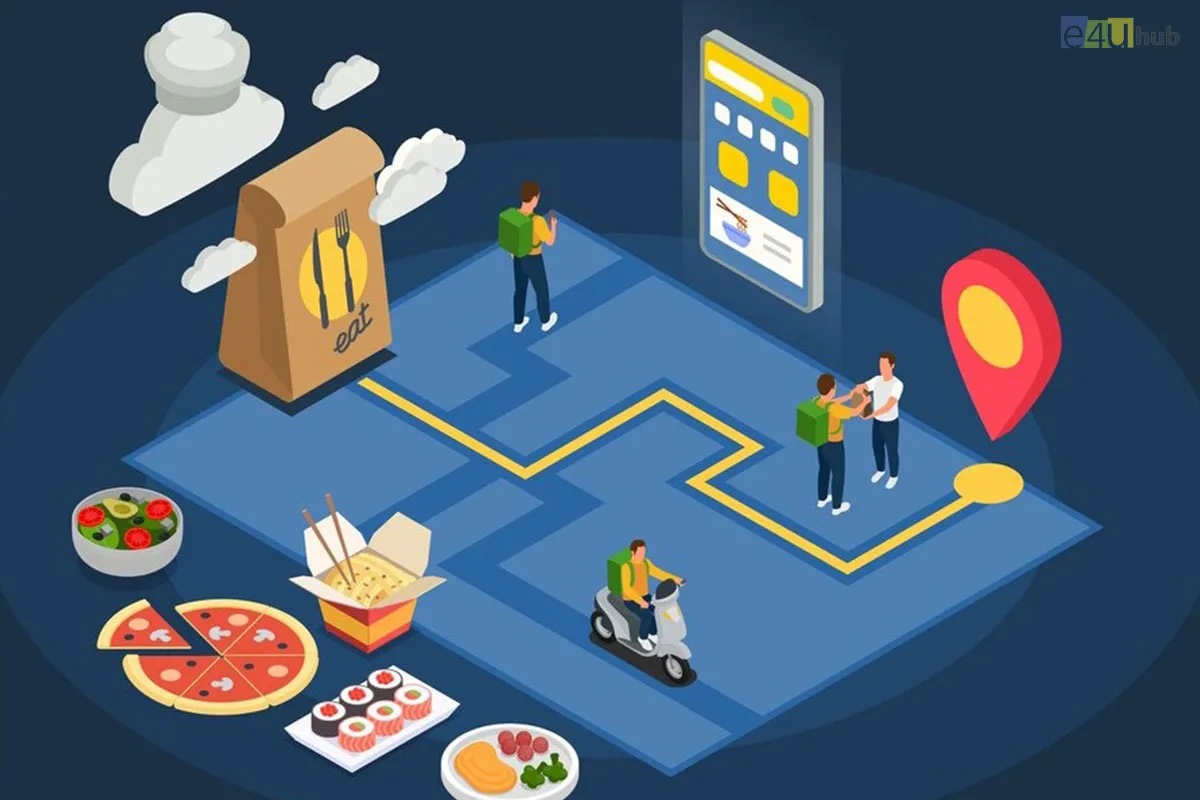
The Future Of Food Delivery: Innovations In 2024
- 22 Jun, 2024
- Food
- 750 Views
- 0 Comments
The food delivery industry has seen tremendous growth and transformation over the past decade, driven by technological advances, changing consumer preferences, and the need for convenience. As we step into 2024, several exciting innovations are poised to redefine the future of food delivery. From autonomous vehicles to AI-powered personalization, here’s a look at the trends and technologies shaping the food delivery landscape.
1. Autonomous Delivery Vehicles
One of the most anticipated innovations in food delivery is the use of autonomous vehicles. Self-driving cars, drones, and delivery robots are becoming more prevalent, offering faster and more efficient delivery services. Companies like Uber Eats and Domino’s are already testing autonomous delivery in select markets. These vehicles not only reduce delivery times but also cut down on labor costs and traffic congestion.
2. AI and Machine Learning for Personalization
Artificial Intelligence (AI) and machine learning are revolutionizing the way food delivery services operate. These technologies analyze user data to provide personalized recommendations, predict customer preferences, and optimize delivery routes. By understanding individual tastes and ordering habits, food delivery platforms can offer tailored suggestions, improving customer satisfaction and loyalty.
3. Sustainable Packaging Solutions
With growing environmental awareness, sustainable packaging has become a critical focus for the food delivery industry. In 2024, we can expect to see more eco-friendly packaging options, such as biodegradable containers, edible packaging, and reusable delivery boxes. Companies are also investing in recycling programs and partnering with organizations to reduce their carbon footprint.
4. Enhanced Customer Experience with AR and VR
Augmented Reality (AR) and Virtual Reality (VR) are being integrated into food delivery apps to enhance the customer experience. AR can be used to provide interactive menus and visualize dishes before ordering, while VR can offer virtual tours of restaurant kitchens or farms where ingredients are sourced. These immersive technologies help build trust and transparency, allowing customers to make informed choices.
5. Ghost Kitchens and Virtual Restaurants
The rise of ghost kitchens and virtual restaurants is reshaping the food delivery landscape. Ghost kitchens are commercial kitchens that prepare food solely for delivery, without a dine-in option. This model reduces overhead costs and allows for a diverse range of cuisine options. Virtual restaurants operate exclusively online, often under multiple brand names, to cater to different tastes and demographics.
6. Blockchain for Food Safety and Transparency
Blockchain technology is being leveraged to enhance food safety and transparency in the delivery process. By using blockchain, companies can track the journey of food from farm to table, ensuring the authenticity and quality of ingredients. This technology provides a tamper-proof record of transactions, boosting consumer confidence in the safety and origin of their meals.
7. Advanced Order Customization
Consumers in 2024 expect more control over their food orders. Advanced customization options allow customers to modify dishes according to dietary preferences, allergies, and nutritional requirements. Food delivery platforms are integrating detailed customization features, enabling customers to select ingredients, portion sizes, and cooking methods with precision.
8. Integrated Health and Wellness Platforms
The intersection of food delivery and health is becoming more pronounced. Integrated health and wellness platforms provide nutritional information, suggest healthier meal options, and track dietary habits. Some services even offer personalized meal plans created by nutritionists, helping customers maintain a balanced diet while enjoying the convenience of delivery.
9. Voice-Activated Ordering Systems
Voice-activated assistants like Amazon’s Alexa and Google Assistant are making food ordering more convenient than ever. In 2024, many food delivery apps are integrating voice-activated systems, allowing customers to place orders hands-free. This innovation is particularly useful for busy individuals and those with disabilities, enhancing accessibility and ease of use.
10. Hyperlocal Delivery Services
Hyperlocal delivery focuses on delivering food from nearby restaurants and stores to reduce delivery times and support local businesses. This model relies on localized hubs and smaller delivery radii, ensuring fresher food and faster service. Hyperlocal delivery services are gaining popularity in urban areas, where quick and efficient delivery is highly valued.
Conclusion
The future of food delivery in 2024 is set to be more innovative, efficient, and customer-centric than ever before. With advancements in autonomous vehicles, AI personalization, sustainable practices, and immersive technologies, the industry is poised to meet the evolving needs of consumers. As these innovations continue to develop, food delivery will not only become more convenient but also more aligned with the values of transparency, sustainability, and health.


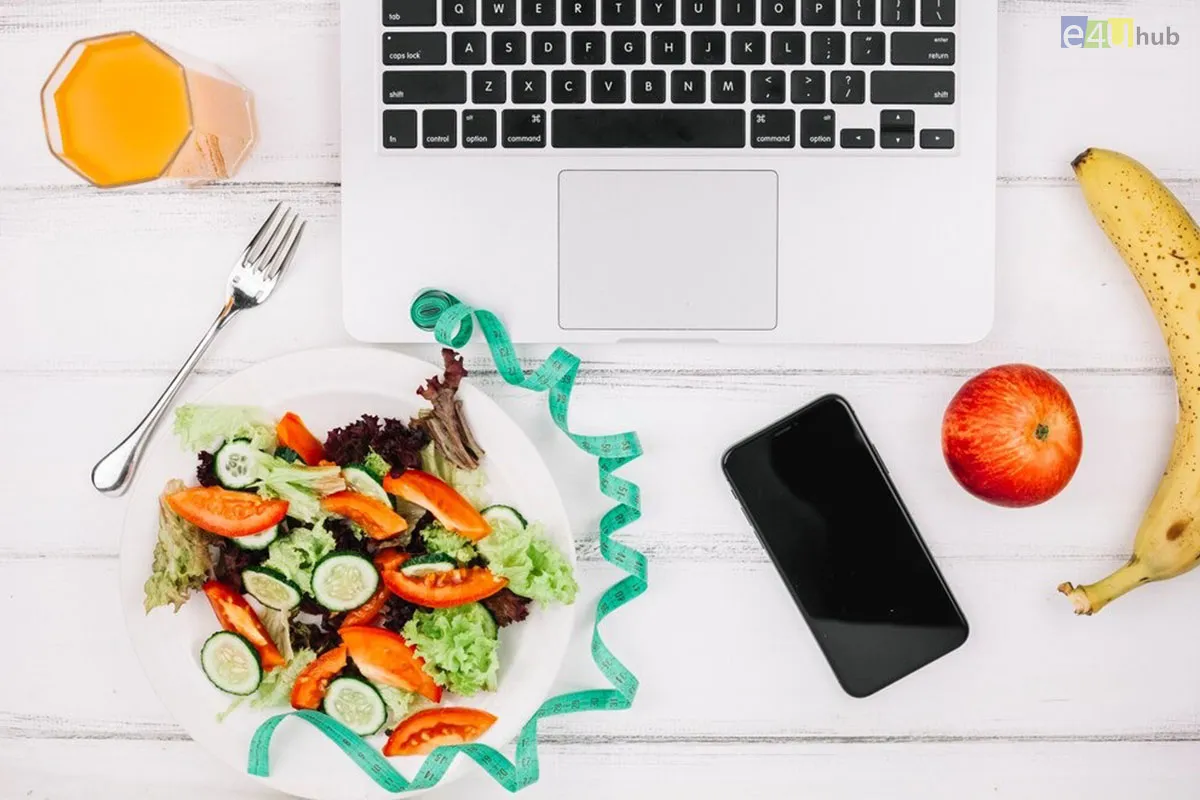


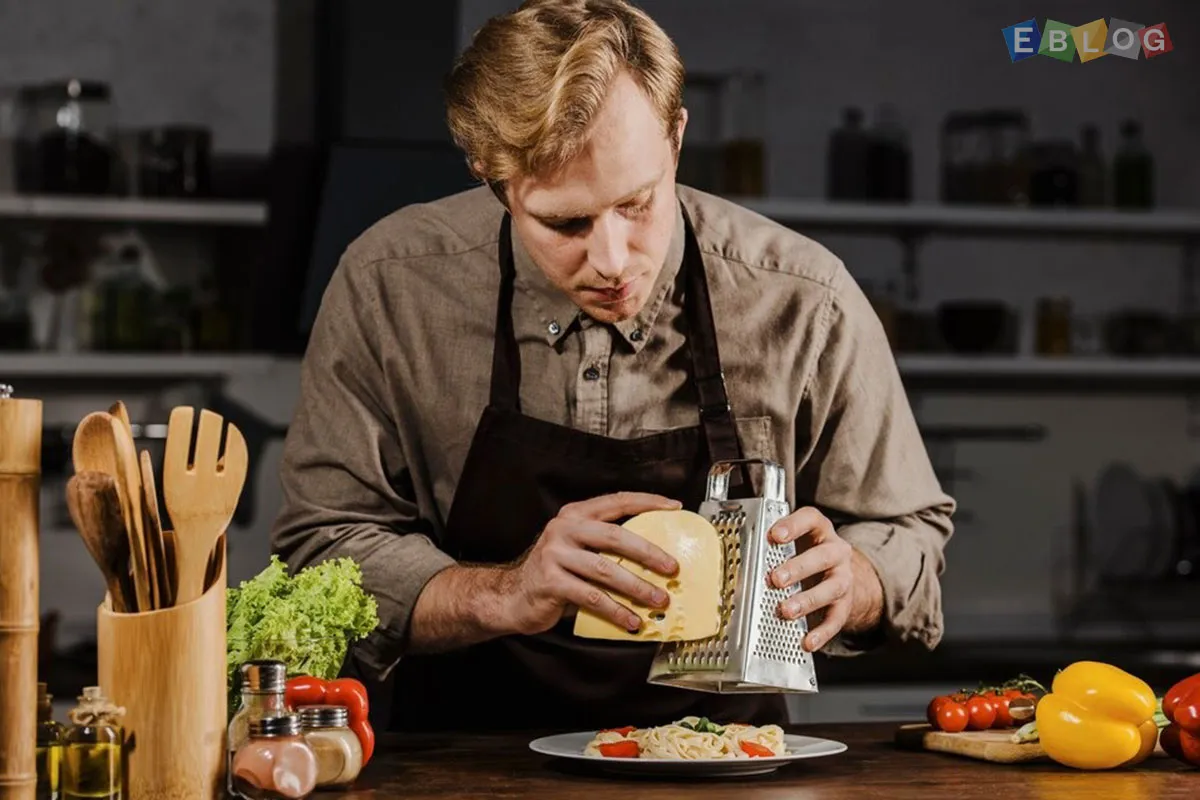
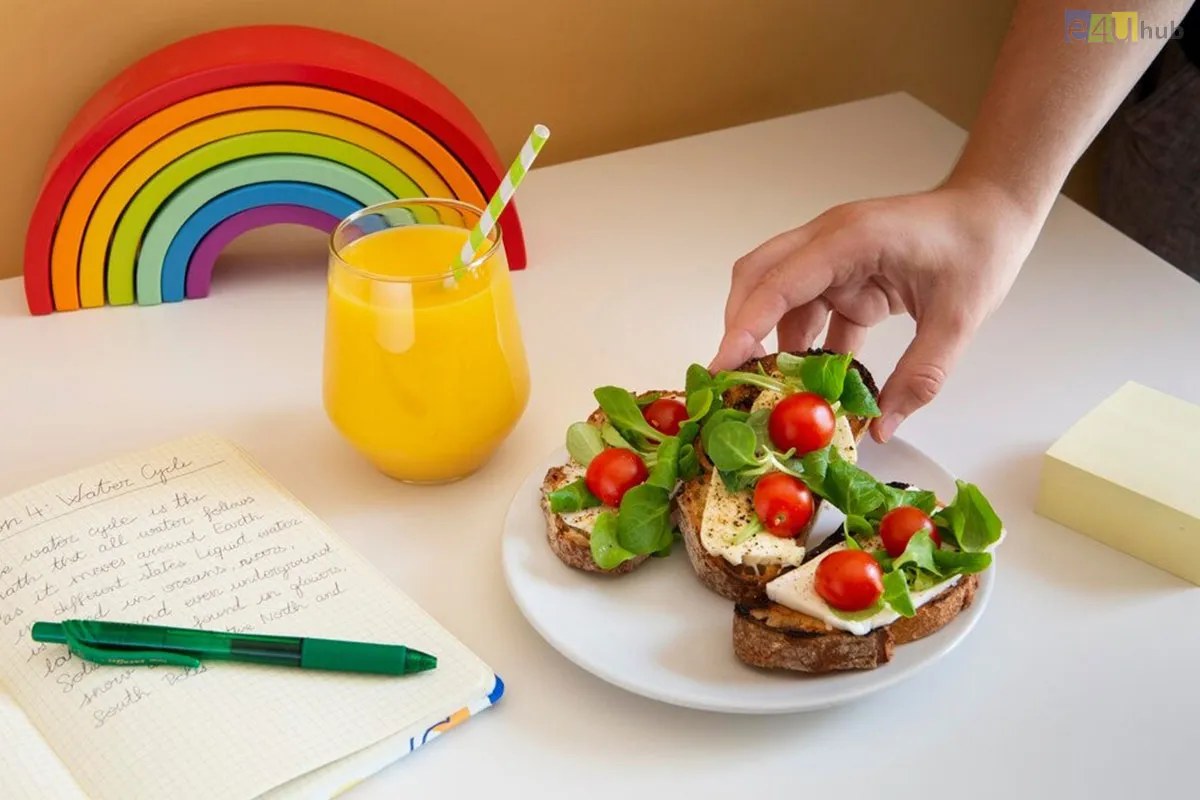


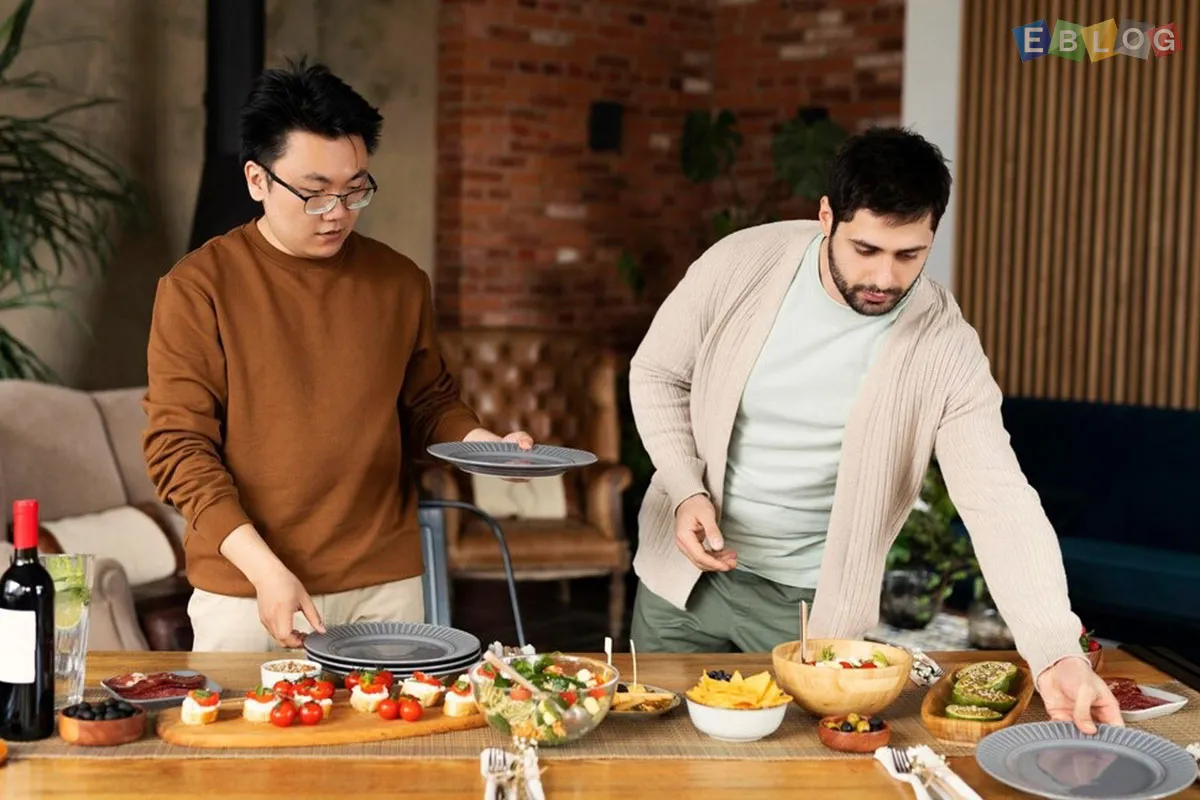
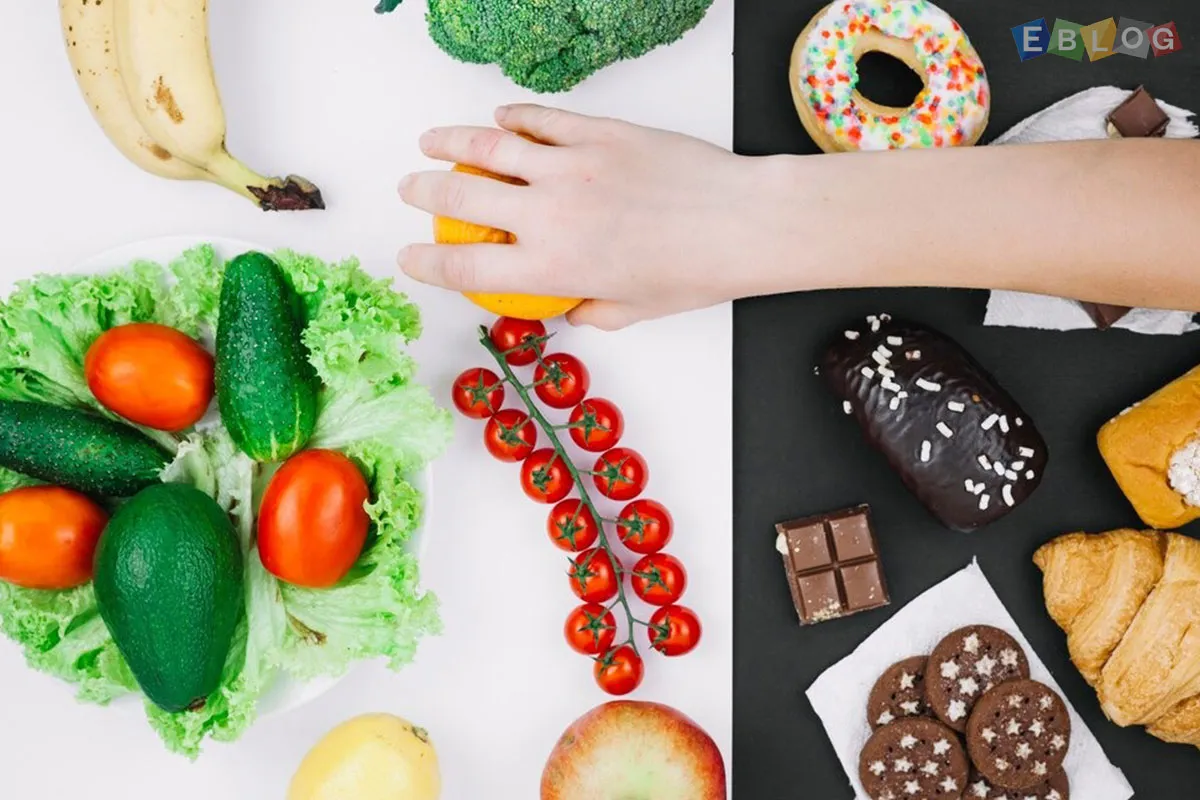
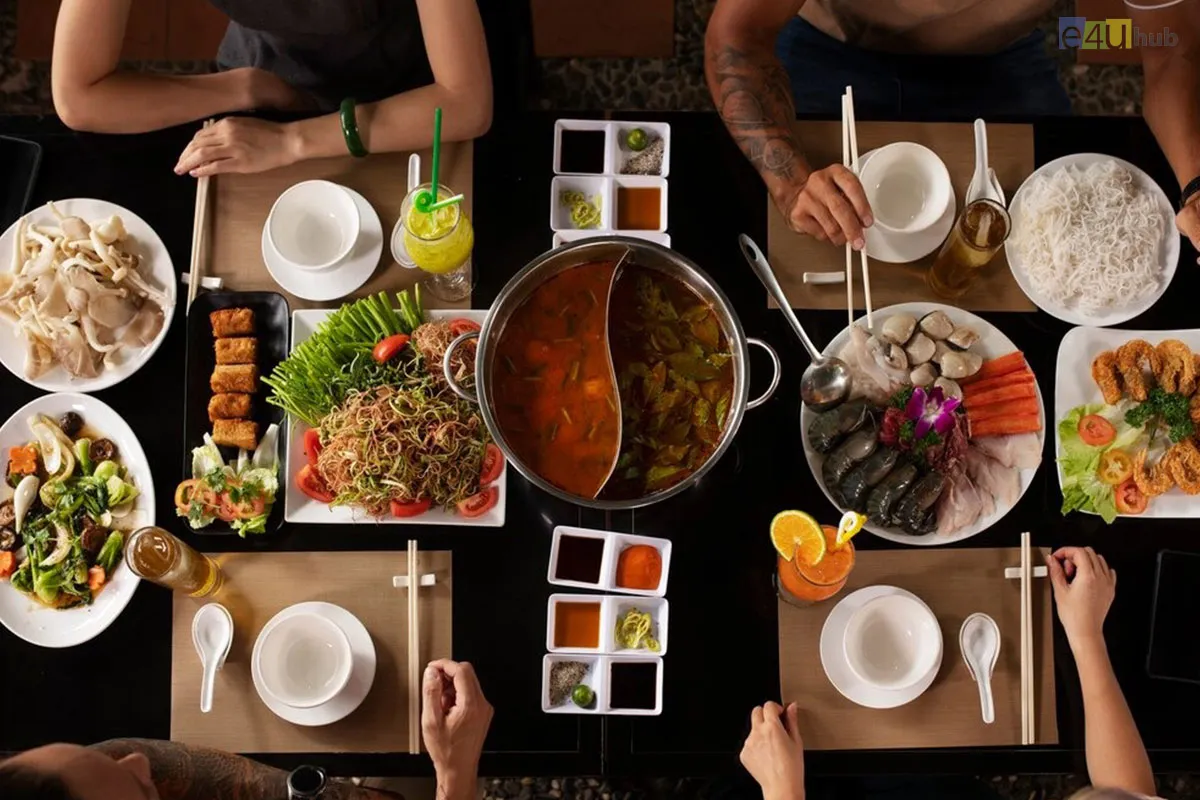
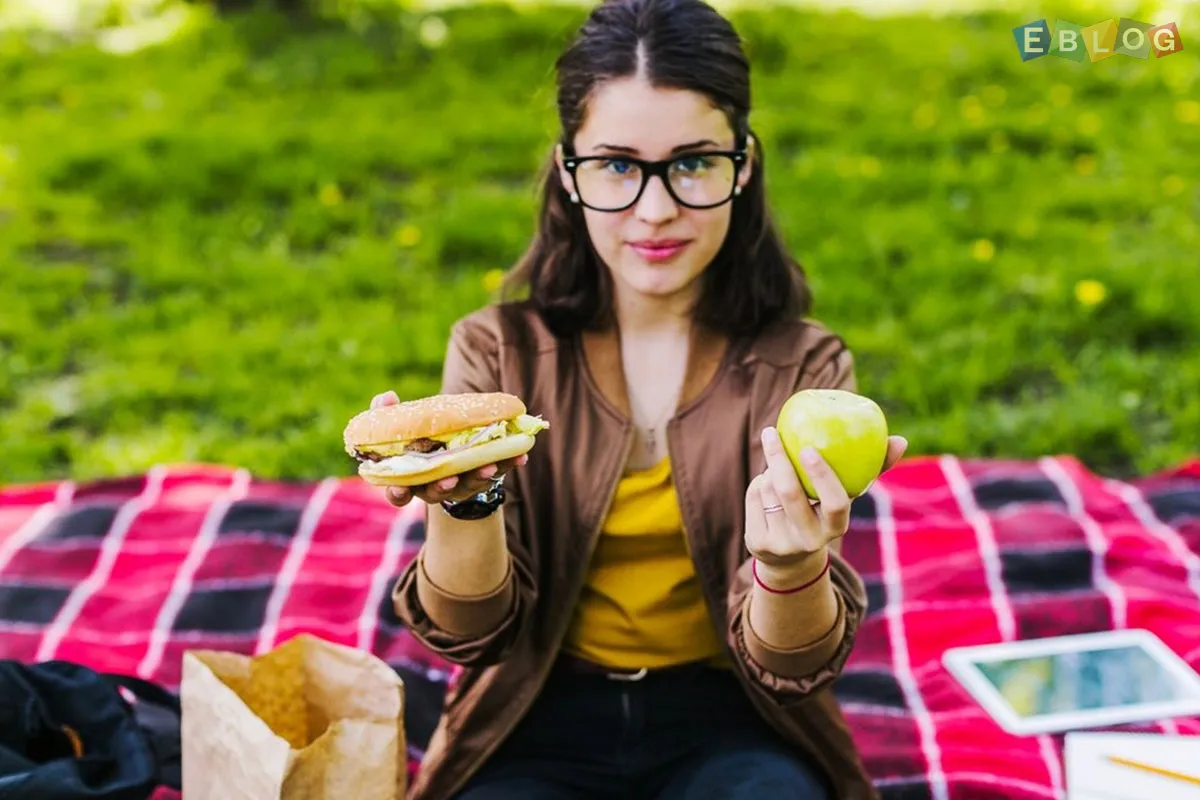

Leave a Reply